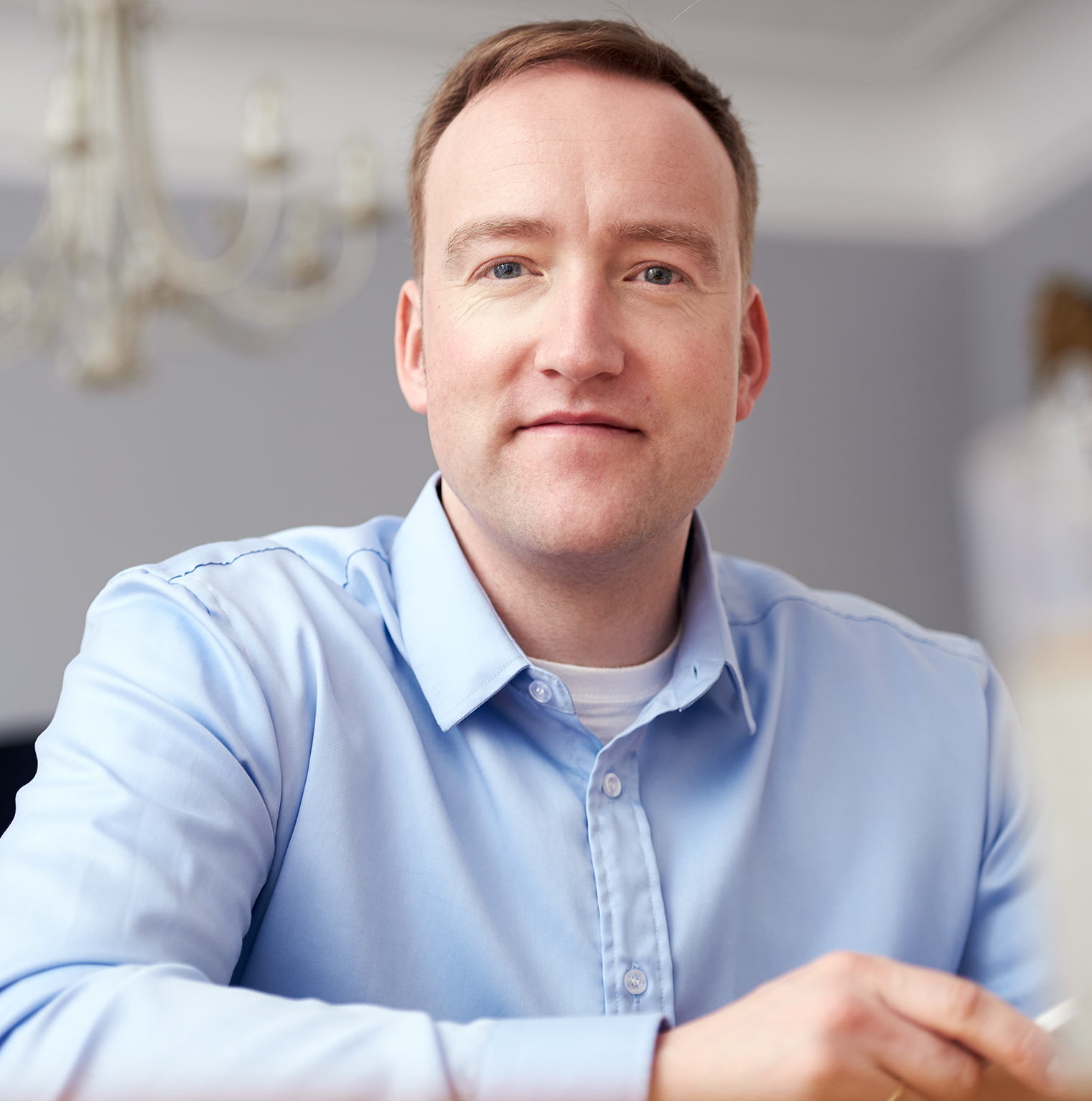
Quietly, the digital subsidiary of the largest German private bank, M.M. Warburg CO, built OWNLY, a wealth app amassing significantly over 1 billion Euro in assets under information. In this article, Dr. Robin Kiera shares 5 lessons learned – also applicable in the insurance industry - about corporate start-ups and building digital products and services.
Lesson #1: Go far (far away) from the mothership
There are countless examples of good initiatives being killed by corporate politics and culture at a very early stage. The antidote? Remove young innovation initiatives from the radar of the traditional company, establishing its roots far away from the headquarters. By doing this, the experiments taking place in the form of new business models and technologies avoid becoming topics of “old world” office gossip.
The Warburg Bank decided to establish a separate company, including third party investors. This company is located far away from the mahogany-clad halls of the classy but traditional headquarters, one with one of the best addresses in the city. More concrete and rebellious, the digital subsidiary was set up in the Schanze, a location notorious for burning cars and street fights. As you can see, the contrast between the two locations could not be bigger - and that's exactly what you want.
Furthermore, apart from the legal structure, there was no connection between the digital speed boat and the established mothership. This means that there was no shared use of IT or goods of any sort. This strict separation from the potential nay-sayers guaranteed enough independence to develop truly innovative ideas.
Lesson #2: Don’t hire from the old world
Each time we published a job, we received a ton of applications from two very specific types of people. The first was experienced bankers, wealth managers or insurance professionals who wanted to spice up their CV with start-up experience. The second was agile start-up professionals who were looking for a more stable environment but never having worked in large corporations.
We didn’t hire either.
Instead, we focused on the experience, making sure that we created a team of professionals who were able to execute within a start-up but who also understood the secret (and subtle) rules of the corporate world. In doing so, we made sure our team would be able to develop fresh products that would excite our target market.
As you can imagine, it was tricky to find candidates that fit this description, bringing experience from both ends of the spectrum in addition to demanded skills like in tech, business and product. To succeed, we hired mainly from our network, friends and former colleagues.
Lesson #3: Don’t digitalize processes of the incumbent. Instead, build services customers want
All too often, as soon as innovation meets legacy structures it’s doomed to die by committee and behind-the-door compromises. Instead, ideas that satisfy different senior VPs, or pet ideas of c-suits, are implemented in order to satisfy old men and old ways of thinking. As a result, the apps created are rarely used by customers because they are nothing more than bad digital copies of even worse analog processes.
By creating distance from the headquarters and putting in place a team of industry insiders and outsiders, we were able to develop OWNLY, our very first product, which has features that, at first glance, have nothing to do with banking or even a private bank.
But, of course, there’s more to OWNLY than meets the eye.
OWNLY, using PSD2 APIs, enables the customer to attach his Warburg, as well as all other bank accounts, receiving an easy overview of all his cash accounts and deposits. Since the app targets high net worth and affluent individuals, we made sure to provide the possibility to attach liquid assets, such as real estate, cars, art, gold and of course insurance. By providing real time evaluations, the user has his total wealth constantly under control, always knowing what he “is worth” to the dime. Of course, due to strict separation, the bank has no access to this valuable data.
We also developed and applied algorithms that analyzed the risk exposure of the customers portfolio, as well as other algorithms deliver tailor-made news and finance research. These additional features matter to the user because they inform him about topics that were relevant to specific parts of his portfolio.
The result?
A dramatically low churn rate and an increasingly loyal customer base.
Lesson #4: Give, give, give… it all away for free
The major downside of operating independently and at a distance from the headquarters is the need to generate revenue and, in the end, a new stream of profitability. Our approach to this dilemma? Give the customer as much value as possible, for free.
Why?
The goal is to establish the app slowly but surely, allowing it to be integrated into the daily routine of the affluent user by providing as much help and relief when it comes to managing personal and private assets. At no point whatsoever will we push the user to buy anything inside our app.
Nevertheless, in case the user thinks about restructuring his wealth, OWNLY also offers a club section, which provides carefully curated financial products that aren’t available in retail banks.
Lesson #5: Partner up and become a platform
It’s already costly to acquire retail customers in finance and insurance. When it comes to acquiring affluent and high net worth individuals, however, the cost is even more substantial. We found it helpful to build on top of the backend infrastructure of OWNLY by not only offering a front-end app for end consumers, but simultaneously building a B2B tool for financial advisors. This dashboard allows advisors to use the app OWNLY to manage the wealth of their clients from one convenient place.
By using the B2B product smaller and midsize financial advisors, agents, brokers, banks and insurer can provide their clients with a sophisticated digital solution, managing their wealth without having to develop the solution themselves.
For the corporate start-up this has a huge upside: Providing other businesses with existing customer portfolios (and within our same target group) with a top digital service, empowering them to become our partner and help spread the word about our B2C product.
All in all, these 5 lessons learned contributed to the 1 billion assets under information – and a lot of happy customers.


